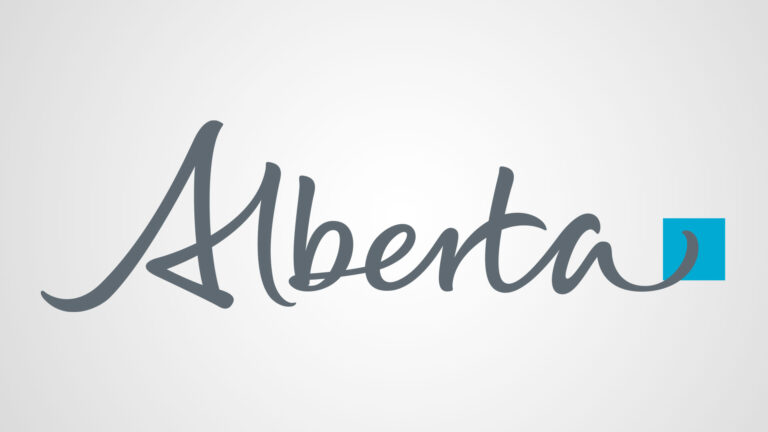
The standards referenced in the article below are out of date as of February 1, 2025. Please refer to ACP’s new standards for up-to-date information.
As indicated in the email sent to regulated members last week, the updated Standards of Practice for Pharmacists and Pharmacy Technicians (SPPPT) and the Standards for the Operation of Licensed Pharmacies (SOLP) come into effect on January 1, 2022. The changes to the standards were necessary to address providing pharmacy care for animals.
Regulated members need to be aware that there are key differences between their scope of practice when providing services for human patients and for animal patients. This is a direct result of what is enabled by federal and provincial legislation and because there are inherent differences between treating humans and treating animals. Pharmacists and pharmacy technicians are not animal health experts, and a future Link article will describe more about the assessment process itself and how it differs.
The scope of practice for pharmacists and pharmacy technicians is summarized in the SPPPT in standards 1.7(c) and 1.8(c) respectively, and is further outlined in standard 1.9. Essentially, when providing care to animals, scope is limited to compounding, dispensing, and selling drugs, with limited prescribing authority for pharmacists.
Schedule 2 and schedule 3 drugs
It is important to be aware that schedule 2, schedule 3, and unscheduled medications intended for human use are considered extra label drug use (ELDU) when used in animals, and their initial use requires the animal be assessed by a qualified veterinary professional. As a result
- use of these drugs in animals requires a prescription;
- pharmacy technicians need to refer any questions about the use of schedule 2, schedule 3, and unscheduled drugs to the pharmacist; and
- if a pharmacist receives a question about the use of these drugs in animals, they need to consider whether it is most appropriate to refer the animal’s agent to a veterinarian, to collaborate with a veterinarian themselves, or provide the drug for the animal independently (if they determine the animal has been assessed by a veterinary professional and there is a previous prescription on file).
Prescribing
Pharmacist prescribing is limited to renewing a prescription for continuity of care. This means, for animal patients, pharmacists may not adjust doses, substitute similar drugs, prescribe in emergencies, or prescribe at initial access, as they may for a human patient.
A further restriction is that pharmacists may not renew a prescription for a medically important antimicrobial and these animal patients should be referred to a veterinarian for assessment. Medically important antimicrobials are defined in the standards and a list appears on List A, the document entitled List of Certain Antimicrobial Active Pharmaceutical Ingredients, published by the Government of Canada.
As noted above, schedule 2, schedule 3, and unscheduled drugs are considered prescription use in animals; therefore, selling a schedule 2 drug for an animal requires a prescription. A pharmacist may choose to renew an existing prescription for these drugs if they determine it is appropriate to do so, but without a previous veterinary prescription, selling a schedule 2 or recommending a schedule 3 drug would be considered initial access prescribing and is not permitted.
Injections and insertion
Administering medications, blood products, or vaccines by injection to animal patients is beyond the scope of pharmacist practice and is not permitted. Similarly, insertion of instruments, devices, or fingers as described in SPPPT 22 is also not permitted. This includes things like administering suppositories to animals.
In our next edition of the Link, we will discuss assessing the appropriateness of prescriptions for animals.




